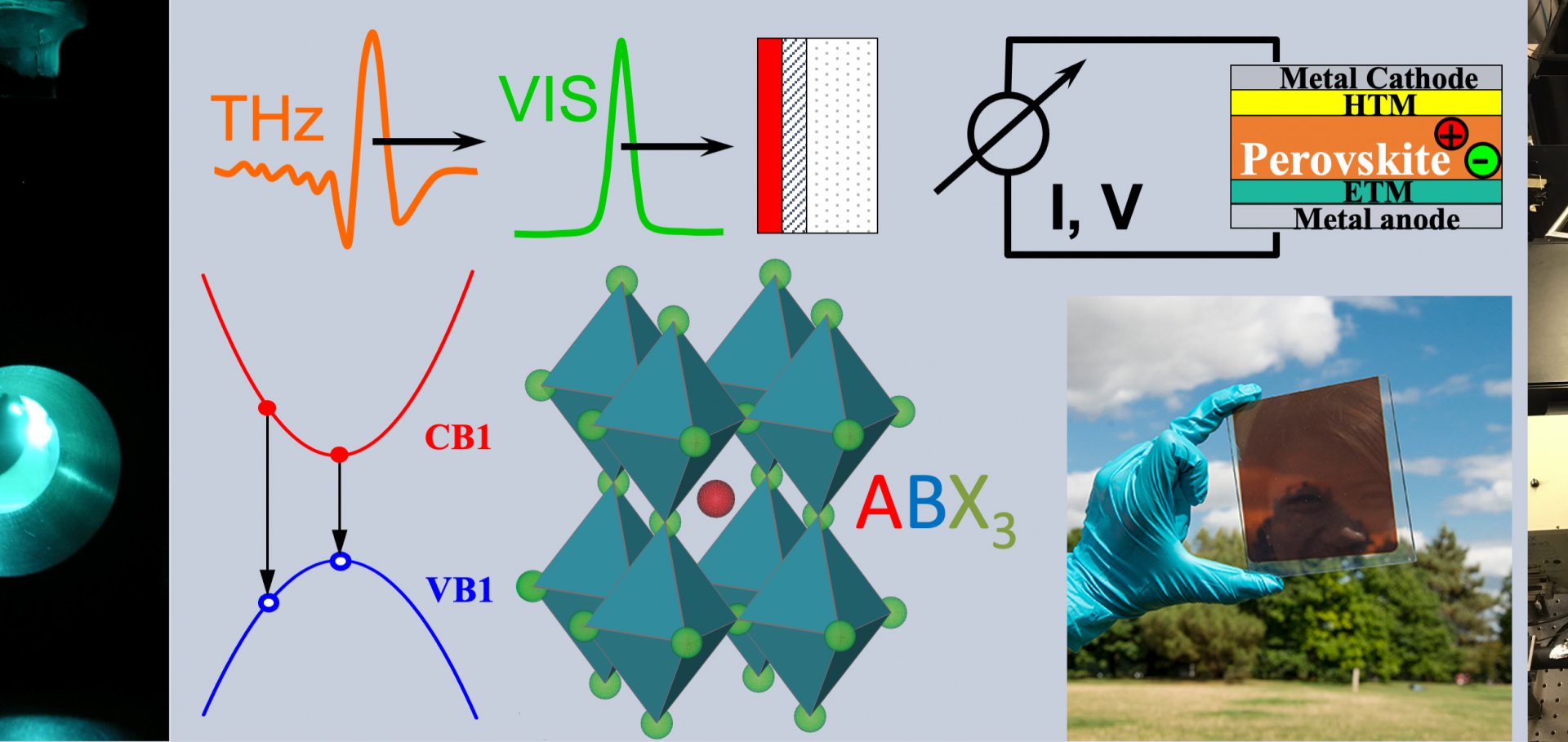How β-Phase Content Moderates Chain Conjugation and Energy Transfer in Polyfluorene Films
Journal of Physical Chemistry Letters American Chemical Society 10:8 (2019) 1729-1736
Impurities and their influence on the co-evaporation of methylammonium perovskite thin-film solar cells
Fundacio Scito (2019)
Reliable Atomic-Resolution Observations of the Nanoscopic Properties of Hybrid Perovskite Thin Films
Fundacio Scito (2019)
Solution-Processed All-Perovskite Multi-Junction Solar Cells
Fundacio Scito (2019)
Solution-processed all-perovskite multi-junction solar cells
Joule Elsevier 3:2 (2019) 387-401


